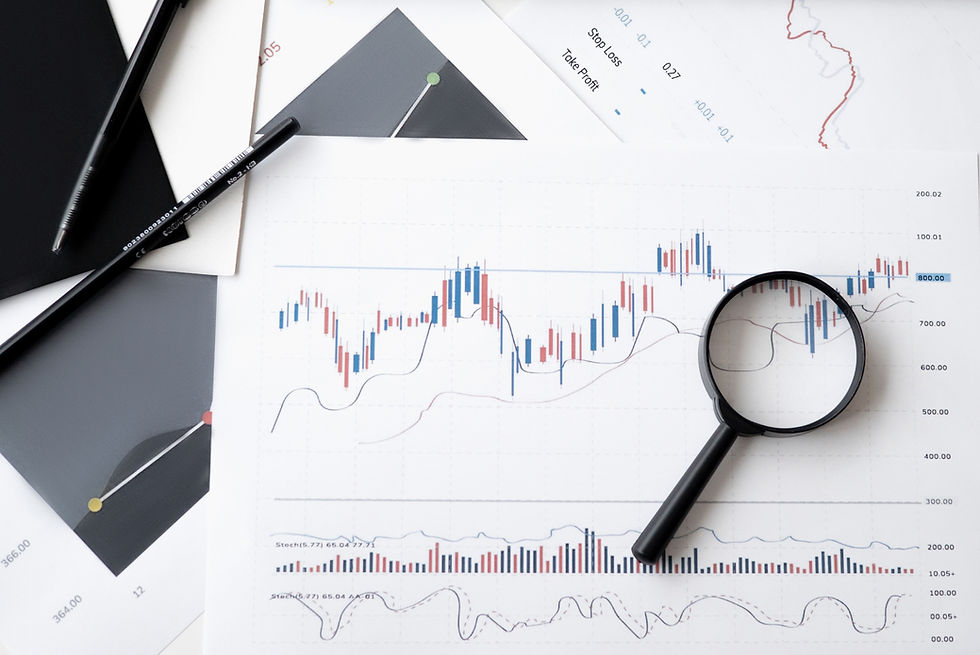Morocco's Strategic Energy Transition and Its Role in Europe's Green Future
- toumertalkhalloufi
- Jun 10
- 3 min read

As the global focus sharpens on sustainability, Morocco is emerging as a key player in renewable energy. The nation has launched bold strategies to transform its energy landscape, positioning itself as an essential energy partner for Europe. With substantial investments in infrastructure and green technologies, Morocco aims not only to meet its own energy needs but also to support Europe in attaining its sustainability objectives.
Morocco’s Energy Strategy: A Vision for the Future
Morocco's energy strategy centers on a compelling target: adding 12.5 gigawatts (GW) of renewable capacity by 2030. This ambitious plan comes with an investment of approximately $24 billion, bolstered by €341 million from the European Union (EU), the European Investment Bank (EIB), and Germany's KfW. With a focus on solar and wind energy, Morocco leverages its rich natural resources. For instance, the Noor Solar Complex in Ouarzazate, one of the world's largest solar plants, generates over 580 megawatts of electrical power, greatly contributing to the country's renewable energy output.
Morocco's geographical advantages and dedication to renewable energy allow it to produce a significant share of its electricity from clean sources. In 2022, the nation generated 38% of its electricity from renewables, demonstrating its commitment to sustainability and setting a vital example for others.
Investment in Infrastructure
The National Office for Electricity and Drinking Water (ONEE) has been crucial in this transformation. Recently, it secured €300 million from the EIB, KfW, and the EU to modernize and expand Morocco's electricity grid. The funding aims to extend the transmission network by 731 kilometers, which will increase capacity by 1,850 megavolt-amperes (MVA).
These infrastructure upgrades are essential for integrating renewable energy sources into the grid. They ensure that the energy produced is efficiently transmitted to consumers. As a result, Morocco can boost energy security domestically while providing a reliable energy supply for European partners. This infrastructure is not just about increasing capacity; it’s about ensuring a cleaner, more reliable energy future.
High-Voltage Direct Current (HVDC) Line
A cornerstone of Morocco’s energy strategy is the development of a 1,400 kilometer high-voltage direct current (HVDC) line. This significant project is intended to enhance power supply security and promote regional growth while making it easier for Morocco to export its surplus renewable energy to Europe.
The HVDC line facilitates efficient energy transmission over long distances, minimizing energy loss during transport. This innovative approach strengthens Morocco's position as an energy export hub and showcases its commitment to supporting sustainable global energy transitions.
The Role of the European Union
To expedite Morocco's renewable energy transition, the European Union has pledged over €1.6 billion through its "Global Gateway" initiative. This major investment aims to increase the share of renewables in Morocco's electricity output to 52% by 2050.
This collaboration is two-fold. The EU gains a dependable source of clean energy, while Morocco benefits from advanced technologies and financial support in its green energy initiatives. Together, they exemplify a proactive partnership to combat climate change and foster renewable development in the region.
The Xlinks Morocco–UK Power Project
Another notable initiative is the Xlinks Morocco–UK Power Project, which proposes constructing a 3.6 GW HVDC interconnector. This ambitious project aims to deliver solar and wind energy generated in Morocco directly to the UK, positioning Morocco as a critical player in Europe's clean energy supply chain.
Integrating Moroccan renewable energy into the UK's energy mix would significantly reduce carbon emissions while bolstering energy security. The interconnector represents a strategic commitment to a cleaner and more sustainable future for both Morocco and its European partners.
Economic and Environmental Implications
Transitioning to renewable energy offers substantial benefits for Morocco, extending beyond environmental advantages to include notable economic opportunities. Investments in clean energy infrastructure can create thousands of jobs, stimulate local economies, and attract foreign investment. For example, a recent report from the International Renewable Energy Agency (IRENA) highlighted that Morocco could create over 400,000 jobs in the renewable sector by 2030.
As Europe seeks to secure its energy supply amidst growing global energy pressures, Morocco's role becomes increasingly critical. Developing renewable energy sources not only addresses energy security but also contributes to declining greenhouse gas emissions, helping mitigate climate change.
A Bright Future Ahead
Morocco’s strategic energy transition marks a significant evolution in its role as a sustainable energy partner for Europe. Through meaningful investments in renewable energy and infrastructure, the nation is prepared to meet its domestic energy needs while significantly contributing to Europe’s clean energy goals.
As Morocco forges ahead on its ambitious path to becoming a renewable energy powerhouse, the collaboration with European partners emphasizes the importance of unity in tackling global energy challenges. The future looks promising for Morocco, as it prepares to lead the way in the global shift towards sustainable energy solutions.
By embracing sustainable practices and investing in modern technologies, Morocco is not just enhancing its energy capabilities; it's also playing an essential role in securing a greener future for Europe.



Comments